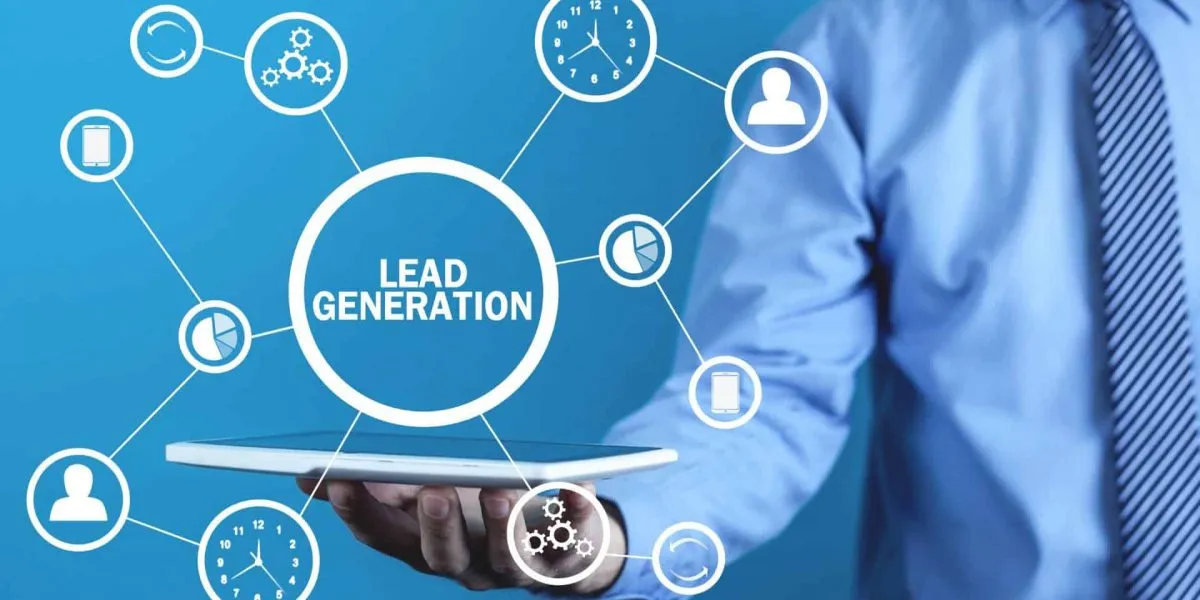Automated lead generation is the process of using technology to attract and capture potential customers without manual intervention. It involves utilizing software, AI, and digital tools to identify, engage, and nurture leads, making it easier for businesses to scale their customer acquisition efforts. This approach streamlines the sales funnel, ensuring that businesses can focus on high-quality leads while minimizing repetitive tasks.
The Importance of Automated Lead Generation
In today’s fast-paced digital landscape, businesses must adopt efficient methods to stay competitive. Automated lead generation provides numerous benefits, including increased efficiency, cost savings, and improved accuracy. By automating repetitive tasks such as data collection, email outreach, and lead scoring, businesses can allocate their resources more effectively and enhance overall sales performance.
Key Components of Automated Lead Generation
Successful automated lead generation strategies incorporate multiple components to optimize efficiency and effectiveness:
- Lead Capture Mechanisms: Forms, chatbots, and landing pages help collect visitor information.
- AI and Machine Learning: Analyzes customer behavior and refines targeting.
- CRM Integration: Ensures seamless data management and follow-ups.
- Email and Marketing Automation: Nurtures leads through personalized communication.
- Social Media and Paid Advertising: Expands reach and engages potential customers.
- Analytics and Performance Tracking: Measures and improves lead generation efforts.
How Automated Lead Generation Works
Automated lead generation follows a structured process that includes identifying the target audience, attracting prospects, capturing their information, and nurturing them until they are ready for conversion. The following steps outline how businesses can implement automation effectively:
- Identifying Target Audience: Businesses must define their ideal customer profile (ICP) by analyzing demographics, interests, and behaviors.
- Attracting Leads: Content marketing, paid ads, SEO, and social media help attract potential customers.
- Capturing Lead Information: Forms, lead magnets, and chatbots collect data from interested prospects.
- Scoring and Segmenting Leads: AI-powered tools assign scores based on lead engagement and behavior.
- Nurturing Leads: Automated email sequences, retargeting ads, and personalized messaging build trust.
- Handing Off to Sales: Once leads are qualified, they are passed on to the sales team for further engagement and conversion.
- Analyzing and Optimizing: Data-driven insights help refine the strategy for better results.
Best Tools for Automated Lead Generation
Several tools facilitate automated lead generation by integrating advanced features for lead capture, nurturing, and conversion. Some of the best options include:
- HubSpot: All-in-one CRM with marketing automation and analytics.
- Salesforce Pardot: AI-driven lead scoring and email automation.
- Marketo: Advanced B2B marketing automation platform.
- Drip: Ideal for e-commerce businesses with personalized automation.
- LinkedIn Sales Navigator: Helps B2B companies find and engage leads.
- OptinMonster: Lead capture tool for websites.
Benefits of Automated Lead Generation
Automated lead generation provides numerous advantages for businesses, including:
- Increased Efficiency: Reduces manual workload and speeds up the lead qualification process.
- Better Lead Quality: AI-driven analytics improve targeting and segmentation.
- Cost Savings: Reduces the need for large sales teams and minimizes marketing expenses.
- Scalability: Easily handles an increasing number of leads without requiring additional resources.
- Consistent Engagement: Automated follow-ups keep leads warm and improve conversion rates.
Challenges in Automated Leads Generation
Despite its advantages, businesses may face some challenges when implementing automated leads generation strategies:
- Data Privacy Compliance: Adhering to GDPR and CCPA regulations is crucial.
- Integration Issues: Ensuring seamless integration with existing CRM and marketing platforms.
- Personalization Limitations: Balancing automation with genuine, personalized communication.
- Over-Reliance on Technology: Maintaining a human touch in customer interactions.
- Continuous Optimization: Regularly updating and refining strategies for sustained success.
Future Trends in Automated Lead Generation
As technology advances, automated leads generation continues to evolve. Key trends shaping the future include:
- AI-Powered Chatbots: Enhancing customer interactions and lead qualification.
- Predictive Analytics: Using data insights to anticipate customer needs.
- Hyper-Personalization: Delivering tailored content based on individual preferences.
- Voice Search Optimization: Adapting strategies for voice-enabled devices.
- Blockchain for Data Security: Ensuring transparency and security in lead data management.
Conclusion
Automated leads generation is revolutionizing how businesses attract, engage, and convert potential customers. By leveraging technology, companies can streamline their sales processes, improve efficiency, and enhance lead quality. As the digital landscape continues to evolve, businesses that embrace automation will have a competitive edge, ensuring long-term growth and success in their industry.

